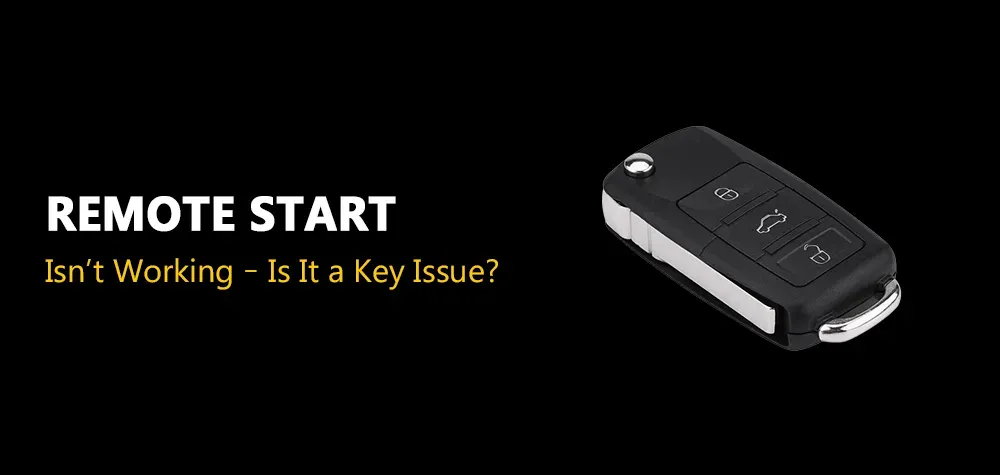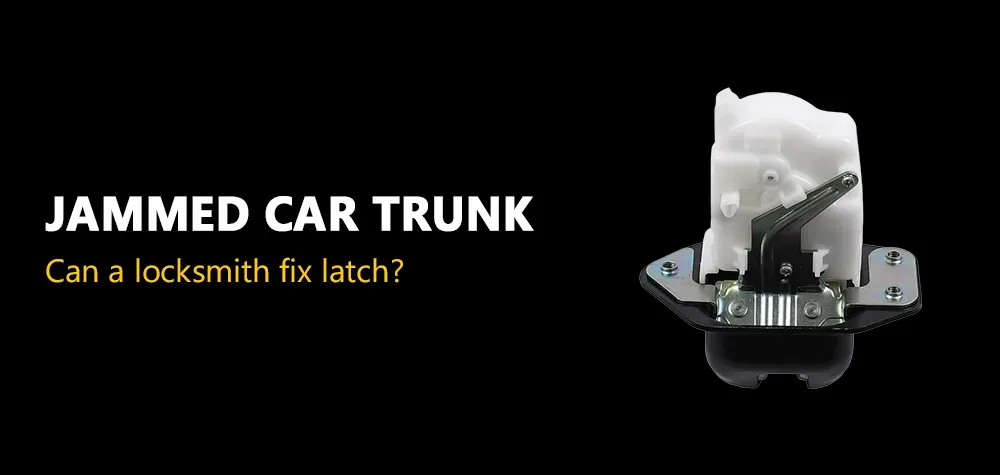What’s the Lifespan of Different Types of Locks?
Locks are a critical part of any security setup, from homes to businesses, and their longevity directly impacts the safety and maintenance costs of your property. Different types of locks have varying lifespans based on materials, usage, environmental conditions, and the technology involved. In this comprehensive guide, we'll dive deep into the lifespan of various lock types, key factors that influence their durability, maintenance tips to extend their longevity, and when to consider replacing them.
Why Are My House Locks Freezing? Prevention and Solutions
Why the Lifespan of a Lock Matters
The lifespan of a lock is more than just a timeframe—it determines the level of security and convenience you’ll experience. Regularly replacing or maintaining locks based on their lifespan helps in:
Enhanced Security: Old locks may weaken over time, making them susceptible to tampering or break-ins.
Cost Efficiency: Regular maintenance and timely replacement can prevent costly emergency repairs.
Peace of Mind: Knowing your locks are functioning optimally provides confidence in your property’s safety.
Factors That Affect Lock Lifespan
Several factors influence how long a lock will last, regardless of its type:
Material Quality: High-grade metals like stainless steel or brass generally last longer than lower-quality materials.
Usage Frequency: High-traffic areas with frequent use will wear out locks faster.
Environmental Conditions: Exposure to moisture, dust, and extreme weather can shorten a lock's lifespan, especially outdoor locks.
Maintenance: Regular lubrication, cleaning, and tightening of components can extend a lock’s functional life.
Technological Components: For electronic and smart locks, battery life and electronic wear are factors that influence their longevity.
Types of Locks and Their Expected Lifespans
1. Deadbolt Locks
Lifespan: 7-10 years
Features: Deadbolt locks are a staple for securing homes and businesses. They offer strong resistance to forced entry due to their thick bolts and simple mechanical design.
Factors Impacting Lifespan: Deadbolts last longer with low maintenance but may wear out faster if constantly exposed to harsh weather or improperly installed.
Maintenance Tips: Periodically check for loose screws and apply lubricant to prevent rust or jamming.
2. Padlocks
Lifespan: 5-15 years, depending on material and usage
Features: Padlocks are portable and versatile, commonly used for gates, lockers, and temporary setups. They come in keyed and combination options, with high-strength metals for durability.
Factors Impacting Lifespan: Outdoor use, especially in rainy or humid environments, can cause rust and corrosion.
Maintenance Tips: Lubricate the shackle and lock cylinder regularly. Store indoors when not in use to reduce exposure to moisture.
3. Mortise Locks
Lifespan: 15-20 years
Features: Known for their strength and durability, mortise locks are commonly used in commercial settings. They fit into a mortise cut into the door and are secured with multiple locking points.
Factors Impacting Lifespan: Heavy-duty use and exposure to dust in commercial settings can wear down internal components over time.
Maintenance Tips: Clean and lubricate the locking mechanism annually, especially in high-traffic areas.
4. Electronic Keypad Locks
Lifespan: 3-7 years
Features: Keypad locks offer convenience and security through a programmable PIN code, eliminating the need for physical keys. They are battery-operated and often weather-resistant.
Factors Impacting Lifespan: Battery quality and frequent code changes can impact performance. Also, keypad wear from frequent use may expose commonly pressed numbers.
Maintenance Tips: Replace batteries every 6-12 months and keep the keypad clean. Cover the keypad to protect against weather exposure if used outdoors.
5. Smart Locks
Lifespan: 5-10 years
Features: Smart locks integrate with mobile apps, Wi-Fi, or Bluetooth for remote access, making them a popular choice for modern security solutions. They offer features like keyless entry, real-time monitoring, and integration with smart home devices.
Factors Impacting Lifespan: Connectivity components, battery life, and app compatibility all impact smart lock longevity.
Maintenance Tips: Keep the software updated and replace batteries regularly. Ensure the lock’s compatibility with your other devices as technology evolves.
6. Cylinder Locks
Lifespan: 10-15 years
Features: Common in residential and commercial doors, cylinder locks offer ease of rekeying and are available in various security levels.
Factors Impacting Lifespan: Frequent use and potential tampering can wear down the internal pin and tumbler mechanism.
Maintenance Tips: Use a dry lubricant to prevent the lock cylinder from jamming and occasionally rekey to ensure continued security.
7. Lever Handle Locks
Lifespan: 5-10 years in residential use; 3-7 years in commercial use
Features: Lever handle locks provide easy accessibility, making them ideal for commercial spaces and ADA compliance.
Factors Impacting Lifespan: Lever handle locks in commercial settings may suffer from wear due to high traffic and potential mishandling.
Maintenance Tips: Tighten the lever handle periodically and apply lubricant to prevent sticking or jamming.
8. Cam Locks
Lifespan: 5-10 years
Features: Often used for cabinets, mailboxes, and lockers, cam locks are small and affordable. They’re made with rotating cams that secure or release the lock.
Factors Impacting Lifespan: Exposure to dust or moisture can jam the cam mechanism, especially in outdoor or humid conditions.
Maintenance Tips: Apply lubricant regularly and clean the cam area to ensure smooth operation.
In conclusion, the lifespan of a lock depends on a mix of material quality, frequency of use, environmental exposure, and regular maintenance. High-grade materials and proper care can significantly extend the durability of traditional locks, while electronic and smart locks may require battery and software upkeep to ensure lasting functionality. Understanding these factors can help you choose the right lock for your needs and maximize its longevity. For assistance with lock maintenance, replacement, or choosing the best lock for your security needs, reach out to a trusted locksmith service like Brothers Locksmith to keep your locks—and your property—safe and secure.
Call Us Any Time!




